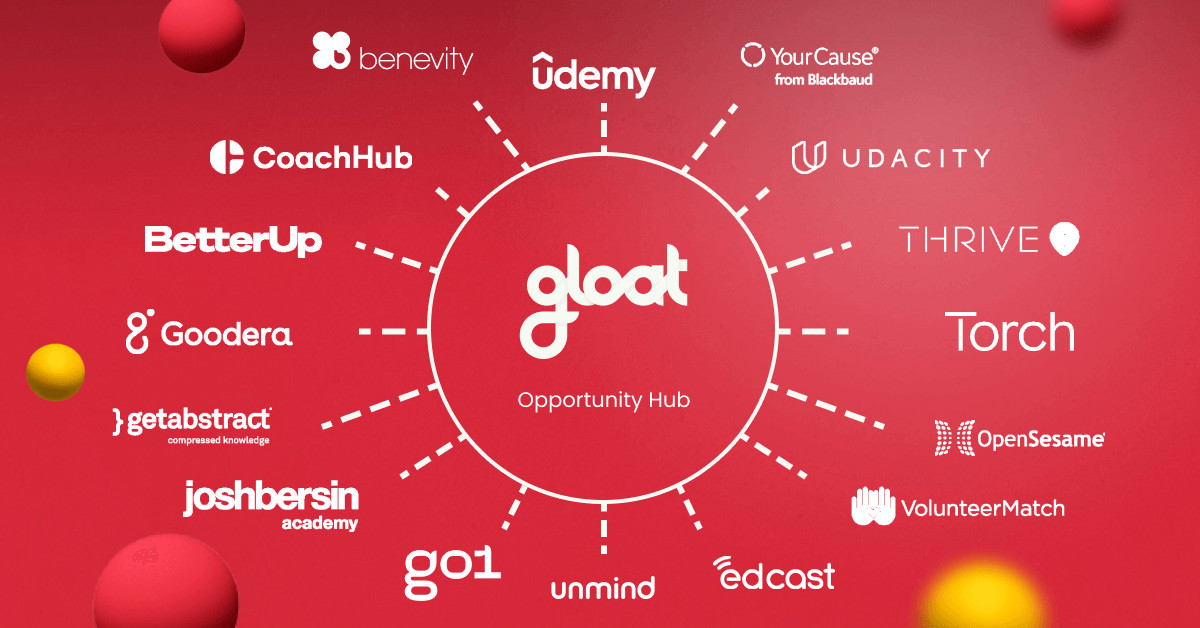Why we decided to fix employee engagement and development

The millennial generation is now the largest generation in the workforce and we have access to technology that has changed both our mindset and the working world as a whole.
According to a recent Gallup poll, only 33% of all employees are actually engaged at work. This small percentage of workers are the ones who make their organizations better every day — unfortunately, the remaining 66% do not. 16% of employees are actively disengaged, meaning they are unhappy in at work and negatively impact productivity. The remaining 51% of employees are just plain unengaged, they are the potential A+ students performing at a B- level.
Disengaged employees cause poor customer service, lower product quality, lower sales, and the list just goes on. As the labor market has increasing shortages of talent, disengaged employees are increasingly choosing to leave voluntarily to seek greater fulfillment from a future employer. In other words, people are increasingly making the decision to factor in their happiness and job satisfaction in their decision to get come into work every day.
The ability to access and be actively approached by opportunities at competing companies has accelerated dramatically due to innovation in recruiting applications like Indeed, Glassdoor, and LinkedIn. These always-on digital opportunity platforms are readily available on the desktops and mobile devices of every employee, equipped with push notifications so they never miss a beat. The resulting voluntary turnover causes low morale and disengagement to spread to other employees and can even negatively impact a company’s brand.
The most common reason for poor engagement is the perception of a lack of internal career growth opportunities.
Never miss an insight
Keep growing with exclusive content by Gloat’s experts
This is because employees do not have a digital lens into their career paths at their current companies, like they have for external opportunities.
In many cases, the only employees who benefit from internal mobility are those select few who just happen to be located where they can access the right decision makers. These same select few tend to also have access to the best mentors. This is further exacerbated by command and control cultural barriers that hinder internal mobility.
Traditional Human Capital Management (HCM) platforms do not have the capabilities to provide the kind of massive transition to a culture of internal mobility that the status quo needs. There is also a misperception among executives that salary or benefits are long-term solutions to the engagement challenge, which simply will not do the trick.
The problem still remains that there is currently no all-in-one platform connecting employees with concrete personalized open opportunities within the company while providing managers with the visibility to find the right people for their vacancies in a fraction of their usual time within their internal talent pool — until now.
While companies expend immense resources on recruiting their replacements, they don’t seem to be focusing enough on how to engage and keep the talent they already have. This is precisely what InnerMobility does. We’re not looking to measure employee engagement and satisfaction, we’re here to actually fix it.





